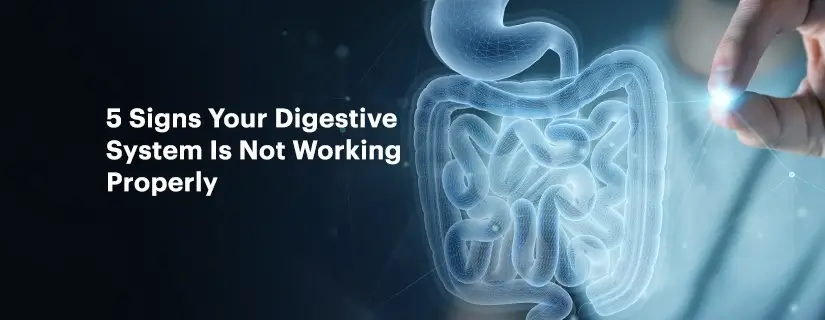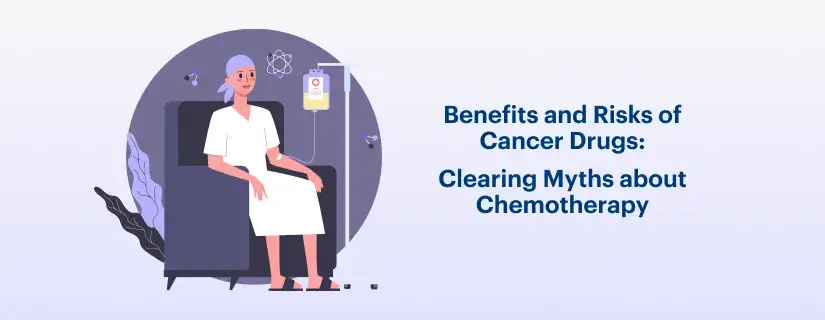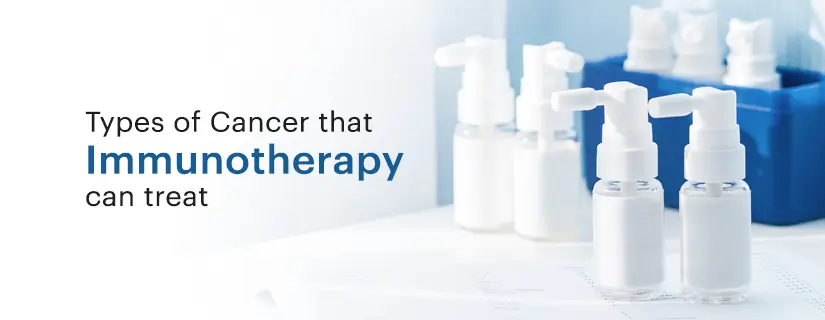-
Doctors
-
Specialities & Treatments
Centre of Excellence
Specialties
Treatments and Procedures
Hospitals & Directions HyderabadCARE Hospitals, Banjara Hills CARE Outpatient Centre, Banjara Hills CARE Hospitals, HITEC City CARE Hospitals, Nampally Gurunanak CARE Hospitals, Musheerabad CARE Hospitals Outpatient Centre, HITEC City CARE Hospitals, Malakpet
HyderabadCARE Hospitals, Banjara Hills CARE Outpatient Centre, Banjara Hills CARE Hospitals, HITEC City CARE Hospitals, Nampally Gurunanak CARE Hospitals, Musheerabad CARE Hospitals Outpatient Centre, HITEC City CARE Hospitals, Malakpet Raipur
Raipur
 Bhubaneswar
Bhubaneswar Visakhapatnam
Visakhapatnam
 Nagpur
Nagpur
 Indore
Indore
 Chh. Sambhajinagar
Chh. SambhajinagarClinics & Medical Centers
Book an AppointmentContact Us
Online Lab Reports
Book an Appointment
Consult Super-Specialist Doctors at CARE Hospitals
Importance of early detection and screening in oral cancer
Updated on 24 May 2019

Table of Content
Oral cancer is a type of cancer which falls in the category of head and neck cancer (HNC). It comprises diverse tumour types arising from different anatomic structures such as the oropharynx, oral cavity, hypopharynx, larynx, and nasopharynx. Approximately 90% of all these tumours are represented by squamous cell carcinomas (SCC) with over 50% of them arising in the oral cavity. The most well-established risk factors associated with the same include excessive alcohol consumption, tobacco use, and human papillomavirus (HPV) infection.
Oral and pharyngeal tumours account for the sixth most common types of cancers worldwide. Oral cancer is a lethal disease with a low survival rate as witnessed during the last few decades. This discrepancy can be explained by two reasons:
-
Delay in the diagnosis
-
High tumour recurrence rates
The risk of death increases when the patients aren’t diagnosed at an early stage.
Importance of Early Detection
Early detection of oral or mouth cancer increases the chances of successful treatment. The two major constituents of early detection involve – screening and education for promoting early diagnosis. Early diagnosis helps recognize possible warning signs and take prompt action towards getting the treatment for oral cancer. The disease can be effectively tackled when there is an increased awareness of the possible warning signs among nurses, physicians, and other health care providers.
Screening
Screening is a strategy developed to detect a disease in an individual without any visible symptoms. The purpose of oral cancer screening is the early identification of the disease. Conventional oral examination (COE) is the most common method of oral cancer screening. Although the method is quite useful to discover certain oral lesions, its ability to identify all oral premalignant lesions remains controversial. Being a subjective test, the accuracy also depends on the expertise of the doctor.
The current identification of oral cancers and potentially malignant disorders relies on a biopsy of the target tissue and is followed by a histopathological assessment by a trained pathologist. Although the method is considered a gold standard for cancer identification, it has several limitations. Tissue biopsy is an expensive, invasive and often time-consuming procedure. The diagnosis interpretation also suffers from both inter and intra-observer variability. Therefore, there has been greater emphasis on developing newer screening tools to accurately detect oral cancer in the early stages. Oral cancer symptoms and treatment options must be carefully evaluated when a patient is doubtful.
Optical technologies have the ability to offer real-time assessment in a minimally invasive way while also eliminating longer waiting time and offering assistance in biopsy site selection. One optical technique that is exceedingly accurate in oral lesion detection is autofluorescence. Many other early detection methods have also been developed such as Toluidine Blue (TBlue).
Since oral cancer is fatal when detected late, one must visit the best hospitals for cancer treatment for early and accurate detection. This will lead them to seek proper diagnosis of oral cancer.

ENQUIRY FORM
SELECT CATEGORIES
-
Neurosciences (16)
-
Neurology (37)
-
Neurosurgery (14)
-
Orthopaedics (48)
-
Oncology (33)
-
Obstetrics and gynecology (52)
-
Pulmonology (23)
-
Urology (20)
-
Nephrology (13)
-
Psychiatry (7)
-
Dietetics and Nutrition (111)
-
General Medicine (63)
-
Cardiac Sciences (32)
-
Vascular & Endovascular Surgery and Interventional Radiology (15)
-
Gastroenterology (46)
-
Endocrinology (23)
-
Plastic Surgery (10)
-
Critical Care Medicine (5)
-
COVID-19 (16)
-
Dermatology (16)
-
Emergency Care (1)
-
Ophthalmology (4)
-
Pediatrics (14)
-
Laparoscopic and Bariatric Surgery (8)
-
ENT (15)
-
Kidney Transplant (1)
-
Liver Transplantation and Hepatobiliary Surgery (5)
-
General Surgery (3)
-
Internal Medicine (5)
-
Medicine Information
How to prepare yourself for Chemotherapy
YOU MAY ALSO LIKE
RECENT BLOGS
-

Preterm Birth (Premature Birth): Symptoms, Causes, Treatment and Prevention
13 May 2025
Read More
-

Rotablation Angioplasty: Benefits, Treatments, And Recovery Time
9 May 2025
Read More
-

What Is The Difference Between IUI and IVF?
9 May 2025
Read More
-

Venous Malformations: Causes, Symptoms, and Treatment
30 April 2025
Read More
-

Varicose Vein Foam Sclerotherapy: Treatment, Benefits, and Procedure
30 April 2025
Read More
-

Radiofrequency (RF) Ablation Treatment for Varicose Veins: Know More
30 April 2025
Read More
-

Varicose Vein Sclerotherapy: Treatment, Benefits, and Procedure
30 April 2025
Read More
-

Varicose Vein Endovenous Laser Ablation: Procedure, Benefits, Risks
30 April 2025
Read More
Have a Question?
If you cannot find answers to your queries, please fill out the enquiry form or call the number below. We will contact you shortly.
































